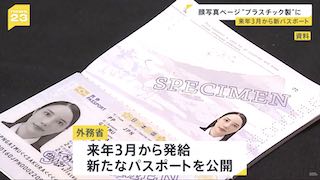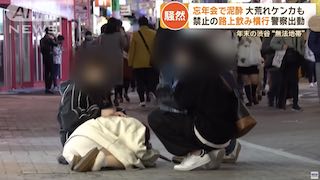Jul 11 (abs-cbn.com) - Japan's Bunshin Tattoo Museum in Yokohama is dedicated to the work of Yoshihito Nakano, who is better known in the body art world as Horiyoshi III, a master of traditional Japanese tattooing.
The museum is presided over by Horiyoshi's wife, Mayumi Nakano. Wearing a sleeveless shirt that reveals entwined flower tattoos in vivid reds, greens and yellows from her wrists to her shoulders, she confides that she received her first tattoo when she was 20. It was at the hands of her husband.
"Tattoos are misunderstood in Japan," she tells DW, surrounded by stencils of intricate tattoo designs and pictures of his satisfied clients.
"Tattoos have always been associated with the underworld gangs, but I had hoped that would change over time. Even though there is no stigma attached to tattoos in other countries, Japanese society is not ready to change," says Nakano.
In ancient times, the indigenous people of Hokkaido, the Ainu, practiced tattooing with ink made from the indigo plant. The people in the islands to the far south of mainland Japan, then the Ryukyu Kingdom but now incorporated into Japan as Okinawa Prefecture, also applied skin art inspired by their environment and culture.
During the Edo period, between 1603 and 1867, rule over the nation became more centralized and the punishment for certain types of crimes was tattooing. ...continue reading














